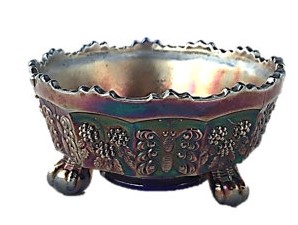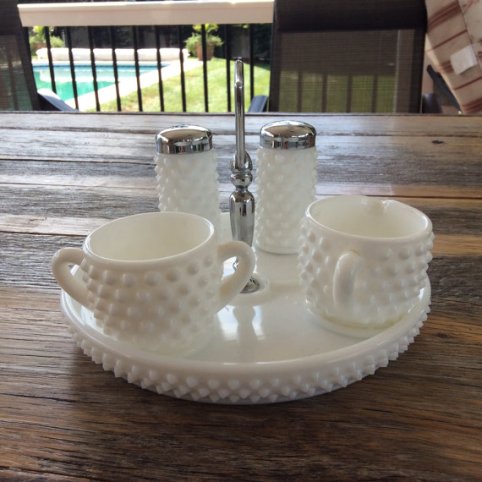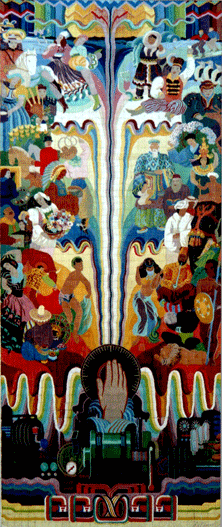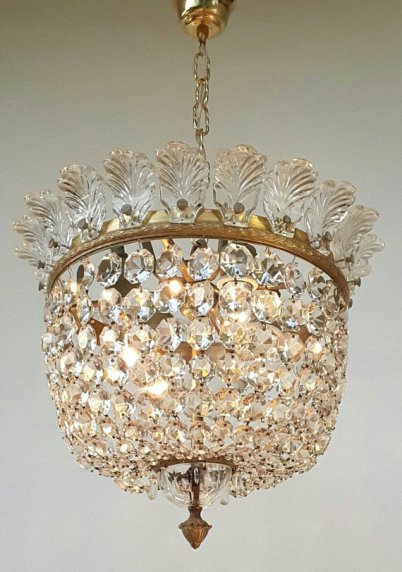Since I’ve been around, some 50 or so years now, one of the things I remember being there were glasses by Libbey Glass Company. In my youth, not that things have changed much, I was a bit of a butterfingers. In other words, I’ve broken more than my fair share of glassware! Luckily I had two sisters and a cat to blame it on … just kidding. But seriously, I can remember buying new glasses for my first apartment … Libbey was there and so on in my life. America’s Glassmaker – that’s what they call themselves and they have definitely proven their staying power.

They are a company that has been around awhile. According to Company Histories website in the early 1700s the glass industry began to establish itself in New England with abundant forests providing fuel and Boston Harbor providing a way to move their glass.
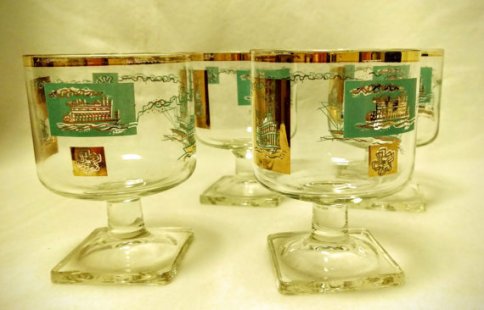
Then in 1818 the New England Glass Company was formed by a group of 4 investors. Running from 1818 through to the 1870s, New England Glass became the largest glass maker in the world. They employed over 500 people and made over $500,000 which was a lot in the 1800s!

New England Glass made high-quality glass, producing blown glass but also pioneering the process of pressed glass. Unfortunately, as time marched on and better alternatives to leaded glass were created, New England Glass chose to stick to their old methods in an “if it ain’t broke don’t fix it” mentality.

They believed the new innovation of lime-based glass was inferior to their lead-based glass. But the lime-based glass kept workers from getting lead poisoning, plus it cooled quicker and was perfect for pressing. Also, by this time the forests of New England were becoming depleted and coal was now required to be shipped in for fuel.

So where does Libbey come into being? Well, as New England Glass started struggling William L. Libbey became an agent for them in 1870. Who was Willaim Libbey in the first place? He had been part owner of the Mount Washington Glass company.

Company Histories website says that even though New England Glass began to operate at a loss, Libbey convinced them to stay in operation until in 1878 when they leased the properties to Libbey himself. In 1880 the name changed to W.L. Libbey and Son, Proprietors. Libbey’s son, Edward had started as a chore boy in 1872 at New England Glass. His father was trying to get him to go to college and figured some hard work would make him change his mind.

He did eventually go to Maine’s Kent Hill Academy hoping to be a Methodist minister but a throat infection ruined his voice and made it impossible for him to be a public speaker so he went back to work at the glass company (Company Histories website). I thought this was an interesting side note. Because eventually, with his father’s death in 1883, Edward took control of the W.L. Libbey and Son company. He was 29 years old.

He worked hard and kept the company afloat relocating the glass works to Toldedo, Ohio which was close to natural gas fields, a railroad and Lake Erie. At that time, Libbey was incorporated as W.L. Libbey & Son Company and then in 1892 as Libbey Glass Company.

There is a lot to their history, but one of the highlights was that they secured the rights to “build and exhibit a fully operating glass factory at Chicago’s 1893 Colombian Exposition.” (Company Histories website). People visiting could watch the glass being made and paid 10¢ for the privilege! They really took off at this point, showing hand-blown and cut glass, especially during the “Brilliant Period” of cut glass.

In 1935 Owens-Illinois bought Libbey Glass. Libbey had made some great inroads in the glass business but also made some grave mistakes — like trying to go back to art glass just as the Great Depression hit. That left them vulnerable. They continued to run under the Libbey name after Owens-Illinois bought them. Owens-Illinois offered the great management they needed in order to keep the Libbey name in business.

This company is still in business today making glass. For more in-depth information check out Company Histories website as it’s a great resource. I hope you learned something along with me today. As always, I will be partying all week at the link parties on the right; also great resources. Have a great week everyone!







